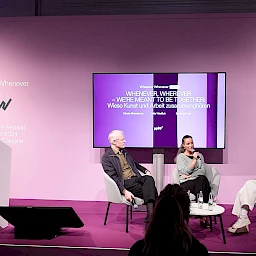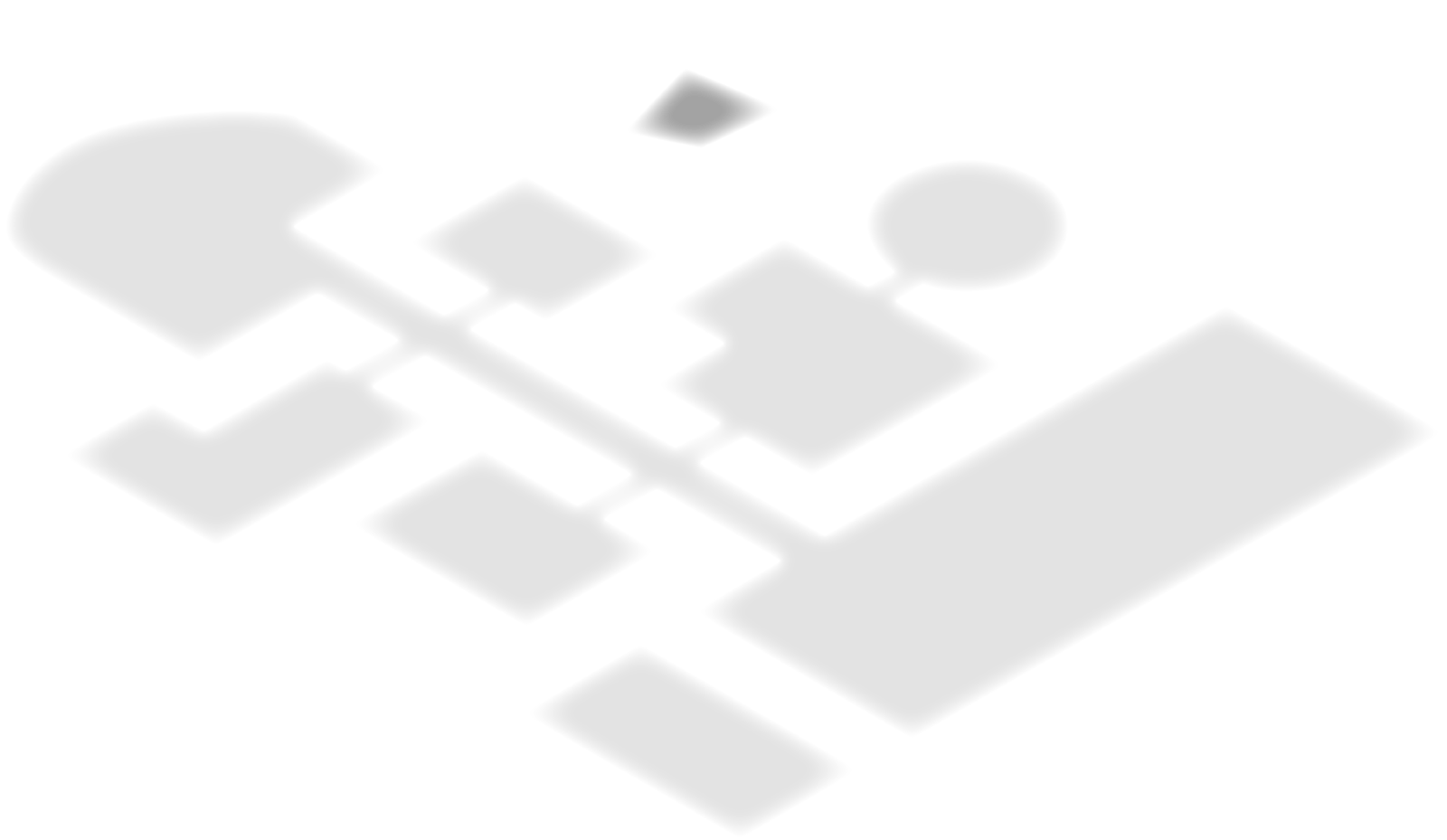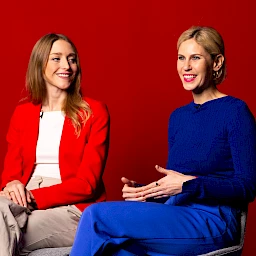What do Roman coins, street art at Tesla and murals in canteens have in common? They all show how art has been a driving force behind social and entrepreneurial change for centuries. In her keynote speech at the Work Culture Festival, curator and art consultant Viviane Mörmann, author of the book The Corporate Art Index, took a new look at the role of art in organisations.
Why the workplace of the future needs art
Mörmann made it clear right from the start that art isn’t a sideshow, but a key to the future. She quoted the literary scholar Hans Ulrich Gumbrecht, who recommends art experiences as a means of making oneself “fit for the future”—not in the sense of technical efficiency but through sharpening perception, imagination and empathy. Because wherever change is desired—be it technological, social or cultural—traditional management approaches are often not adequate. New images, new narratives and a sharpened imagination are needed not only to understand complex developments but also to be able to actively shape them. “The workplace of the future needs more than just tools and processes,” says Mörmann. “It needs creativity, sensuality and openness—that’s exactly what art brings.” Art sharpens the senses, makes routines visible and breaks through automatisms, skills that are becoming increasingly important in a dynamic working world characterised by change. In this sense, art is not only cultural enrichment but also a strategic instrument for the development of the corporate culture. A culture that is not defined by control, but by resonance, dialogue and attitude.
Art as a source of meaning in companies
Based on her many years of work with companies such as Swiss Mobiliar, Deutsche Bank and Google, Mörmann explained how art not only changes spaces, but also ways of thinking: It creates identification, encourages exchange and promotes a discussion of topics that often have no place in everyday life—from diversity and sustainability to socio-political issues. It’s about much more than just classic pictures on the wall: “Art is a tool that breaks through habits of thought and thus makes change possible.” To take one example, when she removed a picture at Swiss Mobiliar that served as a waymark, it gave rise not only to irritation but also to a new awareness of the extent to which art is embedded in everyday practices. In another project, employees worked together with artists to transform a common area into a participative spatial artwork, with new seating concepts, colour schemes and communication options. In this way, the employees became part of the design process—and the office became a lively meeting place.
Please also read

More than decoration: Art as a communication surface
Mörmann pointed out that art is not an accessory, but a medium and a driver of organisational change. Whether in the form of exhibitions in the company, murals, workshops, pop-up installations or digital art formats, a new dialogue is set in motion whenever art occupies space. “Art creates friction, but it is precisely this friction that is fruitful. It helps to question established patterns.” It is not about the perfect “artistic match”, but about consciously allowing ambivalence. Art is rarely unambiguous. It irritates, provokes, leaves questions unanswered—and requires people to take a stance. For companies that want to shape transformation, this is not a disadvantage, but an important part of learning and change processes.
Art-based transformation—with a strategy
But how does one get started working with art and artists? Mörmann suggests we understand art not as a one-off project, but as a long-term strategy. Her Corporate Art Index provides practical criteria and key questions: Where do we stand as a company? What values do we want to make visible through art? How do we get employees and stakeholders on board? Early involvement is essential. Whoever takes art into consideration at an early stage in strategic deliberations creates identification and avoids reactance. Formats in which artists work directly with employees are particularly successful—be it in workshops, co-creation processes or interventions in everyday working life. “Art should not be the icing on the cake—something that you put on the change project at the end. It must be part of the process.”
Measurability and impact
Mörmann also had a well-founded answer to the question of the “return on art”. Studies show that art in the workplace has measurable effects on satisfaction, productivity and creativity. Companies such as Google and Deutsche Bank report fewer sick days, greater identification and a better working atmosphere. However, “not everything that counts can be counted,” says Mörmann. Art often works behind the scenes: in gestures, conversations and attitudes. Its value lies not only in numbers, but in its ability to create spaces for reflection, encounters and meaning.
From art to the future
At the end of her presentation, Mörmann emphasised how closely the future is linked to the present of art. “If we can no longer imagine a positive future, how are we going to shape it?,” she said. Art is not a luxury, but a social necessity, especially in times of global upheaval. It helps to make the unspeakable visible, to endure complexity and to develop new narratives. She calls on people to be courageous, start small and think big. Whether in the form of an exhibition, an art competition or a performative lunch break, the first step is crucial. That’s because art, according to Mörmann, is always a process. “Leave room for development—not only in spaces, but also in your thinking.”
Viviane Mörmann is a curator, art consultant and project manager. She is currently in charge of projects for the Albert & Melanie Rüegg Art Collection Foundation. Previously, she was responsible for the corporate collections of Deutsche Bank and Schweizerische Mobiliar Versicherung, among others. In her work, she focuses on the role of art in transformation processes—from sustainability and creativity to the design of future working environments. Her book The Corporate Art Index is regarded as a guide to the integration of art in companies. Further information: vmoermann.com
Cover photo: © IBA





